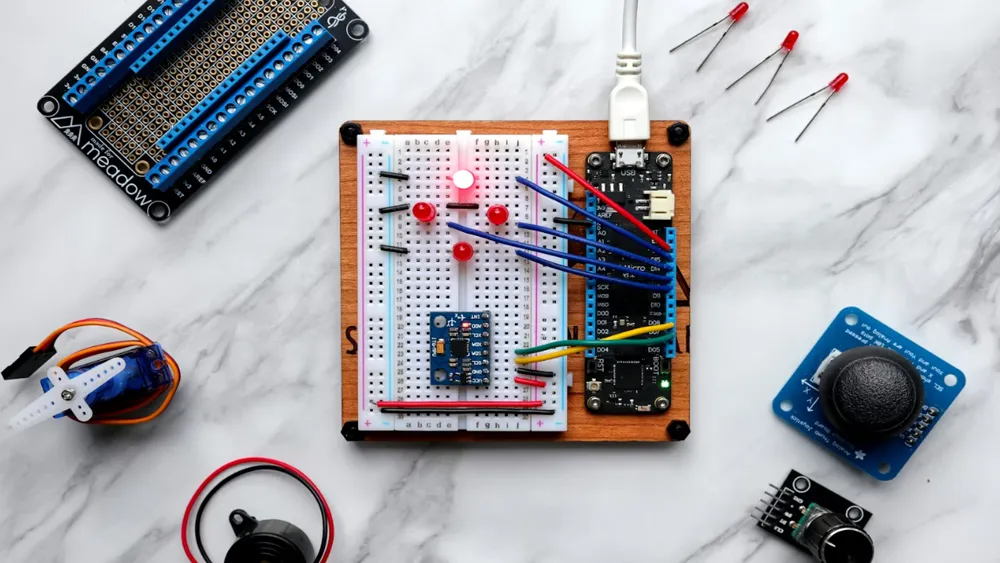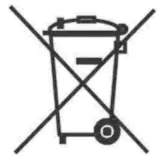
FCC Certification Guide for U.S. Electronics Compliance
JJR Laboratory in Chinaspecializes in helping manufacturers smoothly navigate the fcc approval process, ensuring product compliance and rapid entry into the U.S. market.
What is FCC Certification?
FCC certification is a regulatory requirement enforced by the Federal Communications Commission (FCC)in the United States.
It confirms that a product complies with standards for electromagnetic compatibility (EMC)and radio frequency interference (RFI).
This certification is especially critical for products that emit radio frequencies, ensuring that:
1. The product operates stably within defined parameters
2. It does not interfere with other electronic devices
Which Products Require FCC Certification?
Any product that emits RF signals or may cause electromagnetic interference (EMI) must be fcc certified. Common examples include:
1. Wireless devices: Wi-Fi routers, Bluetooth headsets, smartphones
2. General electronic devices: Laptops, printers, tablets
3. Telecommunication products: Telephones, fax machines, modems
4. RF remote control devices: Garage door openers, wireless switches
5. Digital devices: Digital cameras, digital TV receivers
6. Unintentional radiators: LED lights, power adapters
7. Industrial/Medical devices: Microwaves, medical imaging equipment
8. IT peripherals: Keyboards, mice, monitors
9. Information technology equipment: Servers, data storage systems
10. Consumer electronics: TVs, DVD players, audio equipment
11. Wireless charging products: Wireless chargers
FCC Product Testing Requirements
fcc testing typically includes:
Radio frequency emission testing
Electromagnetic compatibility (EMC) evaluation
Electrical safety certification
Testing requirements vary based on product type. Manufacturers must identify the specific standards applicable to their products.
Applicable FCC Regulatory Sections
Different product types fall under different FCC regulatory parts, including:
1. Part 11: Emergency Alert System (EAS)
2. Part 15: Radio frequency devices (most consumer electronics)
3. Part 18: Industrial, scientific, and medical (ISM) equipment
4. Parts 22 & 24: Communication service equipment
5. Part 68: Terminal equipment connected to the telephone network
6. Parts 73 & 76: Broadcasting and cable television services
7. Parts 80, 90 & 95: Various radio services
8. Part 97: Amateur radio services
9. Part 101: Microwave transmission equipment
How Long Does FCC Certification Take?
Standard process: 8–12 weeks
Expedited process (via TCBs): 1–2 weeks
fcc certification process: 7 Key Steps
1. Identify Applicable Rules and Standards
Determine the regulatory section that applies to your product type.
2. Register and Obtain Identifiers
Apply for an FCC Registration Number (FRN)
Get a Grantee Code to associate with your certified devices
3. Perform Pre-compliance testing (Recommended)
Helps detect and correct issues early to avoid rejection.
4. Prepare and Submit FCC Forms
Include applicant information, product details, and test reports (e.g., Form 731 or 740).
5. Conduct Formal Testing
Use an accredited lab to perform RF and emc testing according to fcc standards.
6. Apply fcc compliance Label
Place the official FCC label on your product to confirm compliance.
7. Post-Market Surveillance
Regularly update technical documentation and ensure ongoing compliance after market entry.
fcc certification costs (Estimated)
1. RF transmitting devices: approx. \$698–\$1,100
2. RF receiving devices: approx. \$1,600
3. Full compliance testing: approx. \$3,000
JJR Laboratory in Chinaprovides certification and testing services to help companies comply with U.S. export requirements.
Compared to overseas labs, we can help you save up to 40%on certification costs.
Email:hello@jjrlab.com
Write your message here and send it to us
 What is Amazon TIC and How Can Sellers Achieve Com
What is Amazon TIC and How Can Sellers Achieve Com
 2026 Battery UN38.3 Certification (Test Report) &a
2026 Battery UN38.3 Certification (Test Report) &a
 What is the IEC 62680 Standard? Compliance Interpr
What is the IEC 62680 Standard? Compliance Interpr
 Amazon Japan December Compliance Requirements
Amazon Japan December Compliance Requirements
 How to Check a CPSC-Accepted Laboratory?
How to Check a CPSC-Accepted Laboratory?
 WEEE Registration for Waste Electrical &Electr
WEEE Registration for Waste Electrical &Electr
 MSDS Chemical Safety Testing
MSDS Chemical Safety Testing
 What Are the Differences Between UK REACH and EU R
What Are the Differences Between UK REACH and EU R
Leave us a message
24-hour online customer service at any time to respond, so that you worry!




